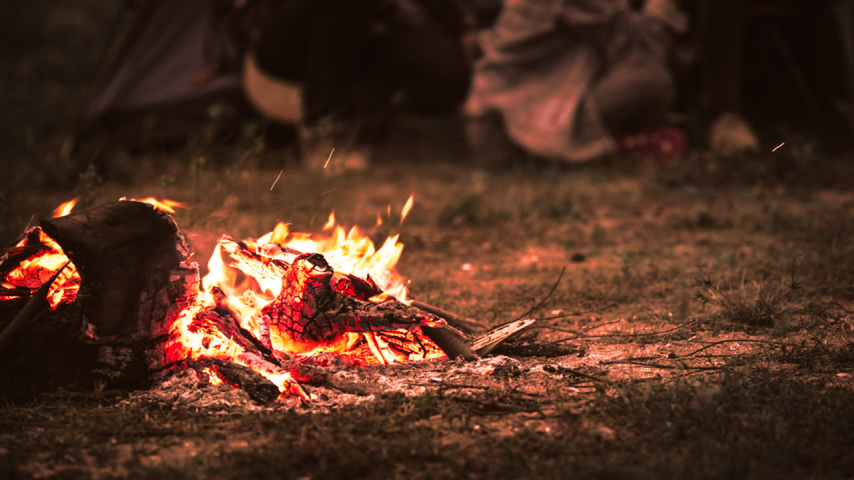
A year ago – just last November – California met its deadly Camp Fire. It was the most destructive wildfire in California history, claiming 86 lives and covering an area of more than 150,000 acres.
It’s more important than ever that we be ready for anything.
October is National Fire Prevention month. The goal of this campaign – and particularly Fire Prevention Week (Oct. 6-12) – is to increase fire safety awareness and help families prepare for an emergency.
If you visit the National Fire Protection Association site, you’ll find a ton of information regarding fire safety, lesson plans, and videos. This month’s campaign theme: “Not every hero wears a cape. Practice and plan your escape.”
2018 Was a Hard Year for Fires
According to the NFPA Journal, 29 catastrophic multiple-death fires and explosions last year resulted in 215 fatalities.
This was topped by the Camp Fire on Nov. 8, 2018, a wildland/urban interface fire that broke out in Northern California’s Butte County. In addition to the lives lost, the fire was responsible for injuring 12, which included 5 firefighters. Property damage was estimated at more than $8 billion, wrote author Stephen Badger for the NFPA magazine.
Badger broke down the use of smoke alarms, which can reduce the risk of death in home fires. The association recommends monthly testing of home smoke alarms.
“The most effective arrangement is interconnected, multiple-station smoke alarms supplied by hardwired AC power with a battery backup,” Badger says. “These should be located outside each sleeping area, on each level, and in each bedroom. Homeowners should routinely test smoke alarms according to manufacturers’ recommendations.”
How You and Your Family Can Stay Safe
There are some fairly simple steps that homeowners can take to stay ahead of a fire emergency.
These include:
- Never leave any fire unattended. Whether it’s burning in your fireplace at home, a campfire by your tent, or a candle sitting next to you, always keep a close eye on what’s happening.
- Extinguish things properly. If you need to walk away from a campfire or candle, make sure it’s extinguished properly. The same goes for cigarettes.
- If you see something, say something. This seems pretty obvious, but if you see a fire that’s unattended or burning out of control, call 911 or reach out to your fire department.
- Handle everything with care. Double check local ordinances before burning yard waste, make sure everything is properly put out.
- Place an alarm on every level of your home.
- Test alarms and change batteries for existing smoke alarms (carbon monoxide is the No. 1 cause of accidental death).
- Consider upgrading to 10-year sealed battery alarm. (These alarms are powered by long-life lithium batteries for 10 years.)
- Stock up on fire prevention supplies, like extinguishers.
- Look into insurance. Fire protection may not be a bad idea. Look into options that are available to you.
The Hard Truth
Mitigation measures help governments, building owners, developers, tenants and others reduce the impacts of fires.
This is especially critical because approximately 59 million people are exposed to wildfires in the U.S.
In fact, 2.5 million homes have been built in the wildland-urban interface and are so vulnerable to fire that it would be cost effective to retrofit them to comply with the 2018 International Wildland-Urban Interface Code.
These homes, plus nearby businesses and contents, are valued at approximately $1.3 trillion. The cost to retrofit properties these could run anywhere from $4,000 to $80,000.
The mix is uncertain, but even taking a conservatively high estimate of $72,000 cost to make the exterior cladding of a property fire resistant, replace windows with double-paned glass, and clear a defensible space of excess fuel, the average benefit of $130,000 still would exceed the cost.
Using a lower, but still realistic, average retrofit cost of $16,000, the benefit is still $430 billion at a cost of $53 billion, meaning $8 of avoided future losses per $1 invested.
When you strengthen one building, the benefits extend beyond the property line.
Wildfire mitigation more than pays for itself. Let’s be social! We’re @bldgsciences on Twitter, or you can find us on Facebook.




